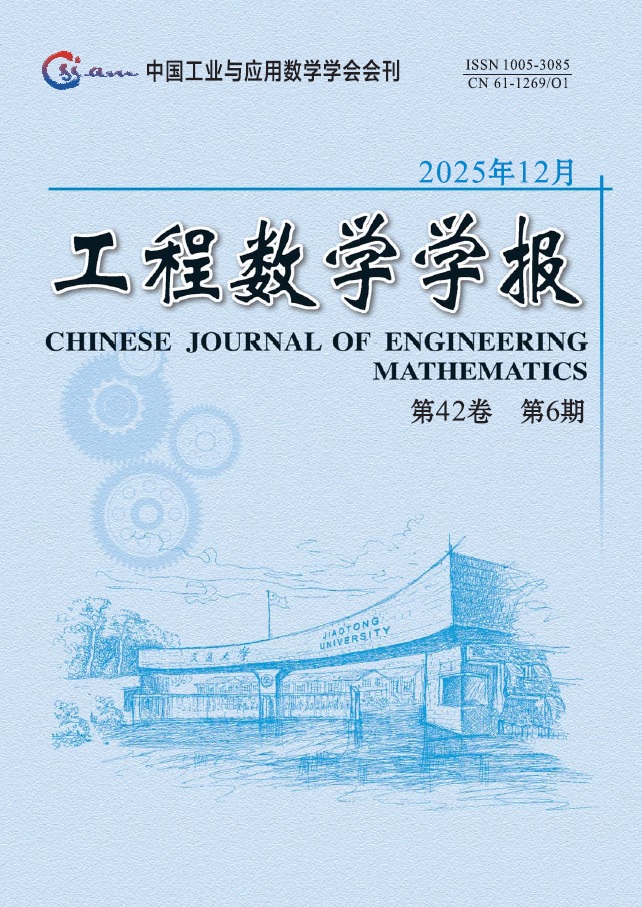In this paper, the complex dynamical behaviors of a four-dimensional chaotic system, including boundedness, global attractive domain and Hamiltonian energy function, are studied. We can judge whether the equilibrium point of chaotic system is stable or not according to the result of the globally exponential attractive set. According to the result of the globally exponential attractive set of this system, the equilibrium point of this system is globally exponential stable. As far as the author knows, the study of boundedness and global attraction domain of chaotic systems is mostly limited to low-dimensional chaotic systems, but due to the structural complexity of high-dimensional chaotic systems, there are few studies on the boundedness and the global attraction domain of high-dimensional chaotic systems. The innovation of this paper is that not only the boundedness of a high-dimensional chaotic system is obtained, but also the rate estimation of the attractive domain of the orbit is obtained. The mathematical expression of a cluster of global attractive sets for the chaotic system is obtained. The research results of this paper provide theoretical basis and support for secure communication based on chaos synchronization.


